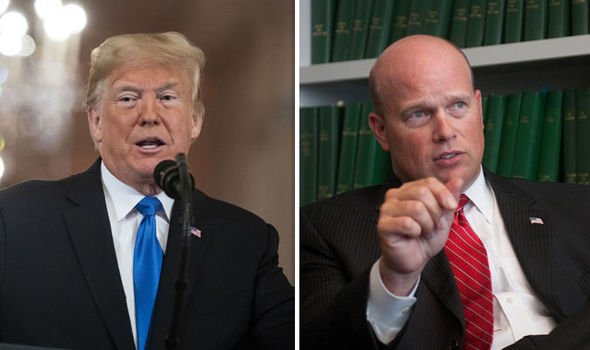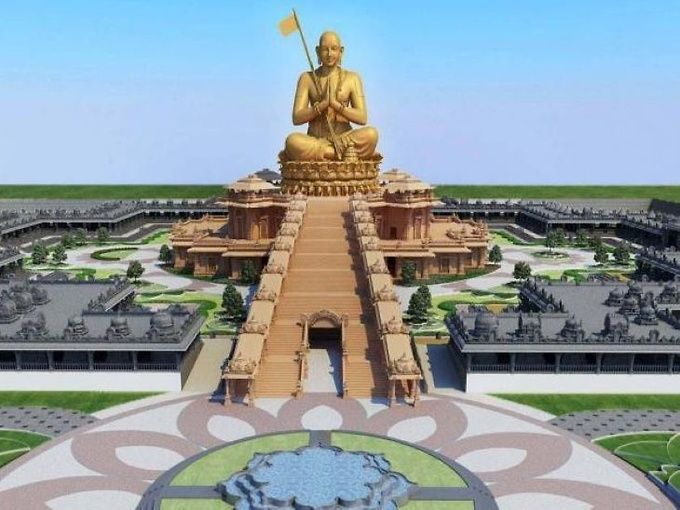Schools receive extra money for pupils claiming free school meals, it’s currently £935 for secondary & £1320 for primary
Short thread on how DfE sneaked out a £250 million cut to school budgets in the middle of a pandemic and how it will impact the poorest and most vulnerable pupils
No publicity, no great public announcement as @educationgovuk cut £1/4 billion from its Pupil Premium budget
Schools receive extra money for pupils claiming free school meals, it’s currently £935 for secondary & £1320 for primary
This gives schools time to encourage FSM registration & check everything before the dataset is used
Then we had COVID
Despite the government’s furlough scheme & other support, we saw a huge increases in job insecurity and a rise in numbers claiming Universal credit
That’s an extra 200,000 pupils below the UC threshold & entitled to FSM
It seems highly likely the numbers continued to rise, especially with a 2 month lag between UC claims & eligibility
They’ve opened food banks, testing centres, provided laptops to vulnerable families, never closing
@educationgovuk announced they would calculate PP using the October census data rather than January’s
Whereas previously PP would have been triggered in January
This deprives schools of around £250,000,000 in extra funding, hitting the poorest communities the hardest
Of course that’s utter claptrap
https://t.co/MsAlsVsw9M
They could have given notice of the change, used this Januarys data and then gone to October next year
@GavinWilliamson saved himself £1/4 billion by taking PP away from thousands of vulnerable children
@educationgovuk didn’t give any notice, it was simply imposed
Schools will know FSM numbers & will budget accordingly, they will have spent money expecting to receive PP
Again it’s the poorest hit hardest
Just imagine if @educationgovuk had been ADDING an extra £250 million to school budgets rather than taking it away
We’d see announcement after announcement, @GavinWilliamson doing the rounds of every TV studio, whimpering on about helping disadvantaged pupils




























